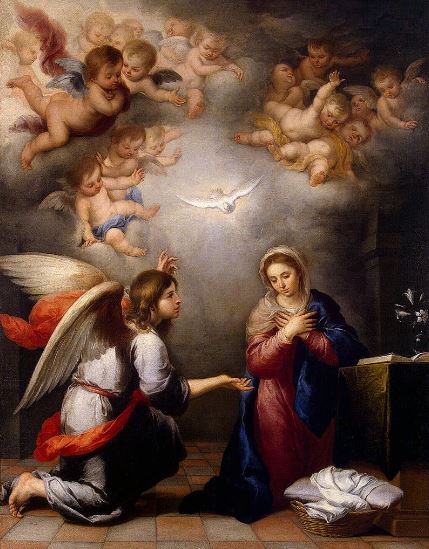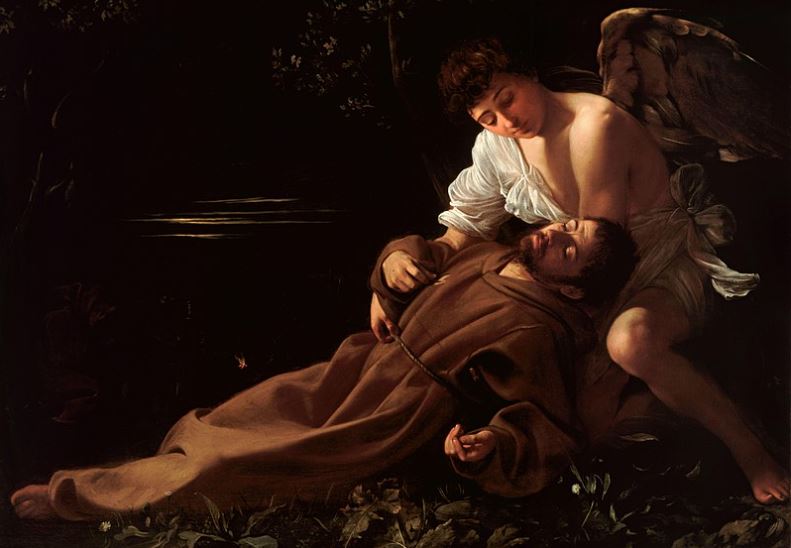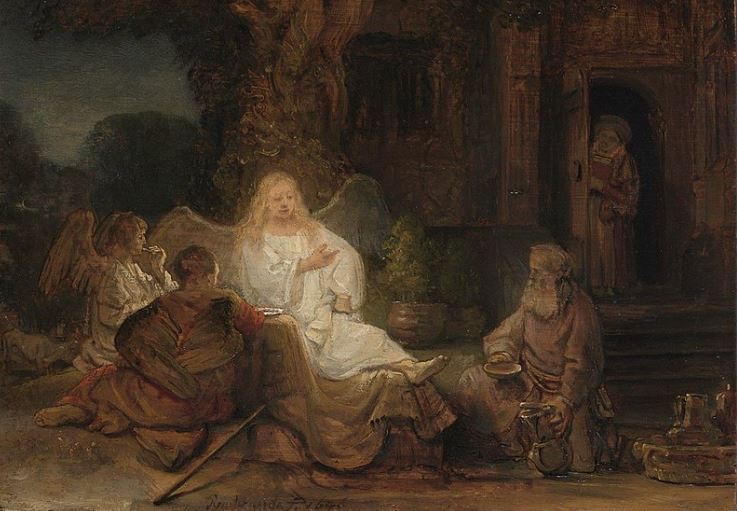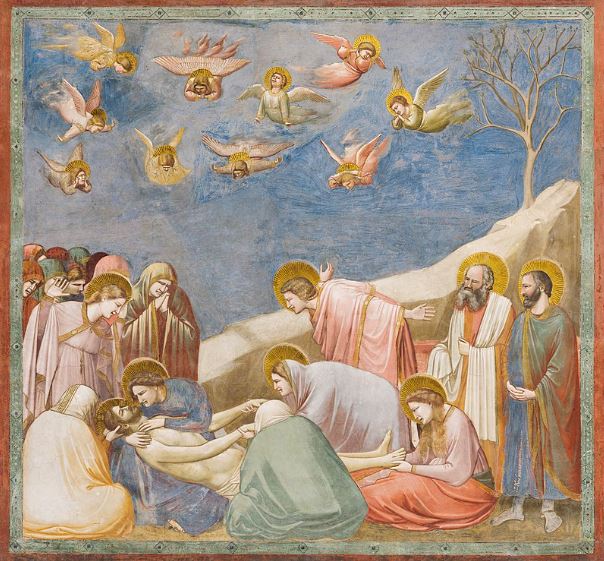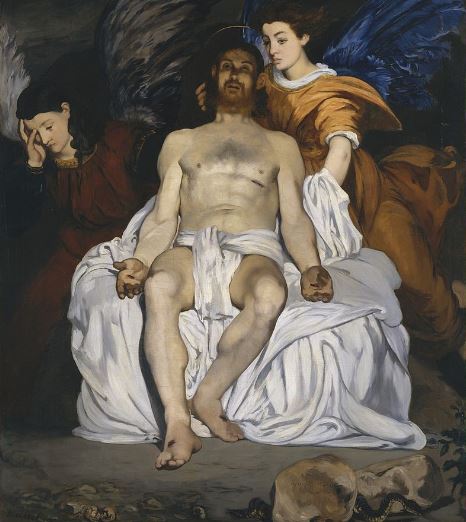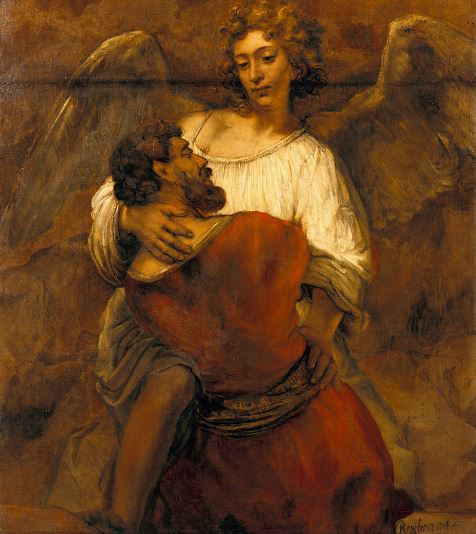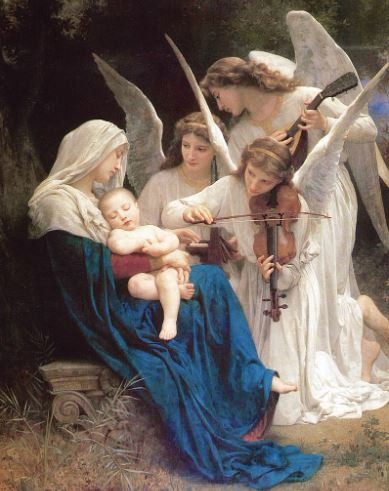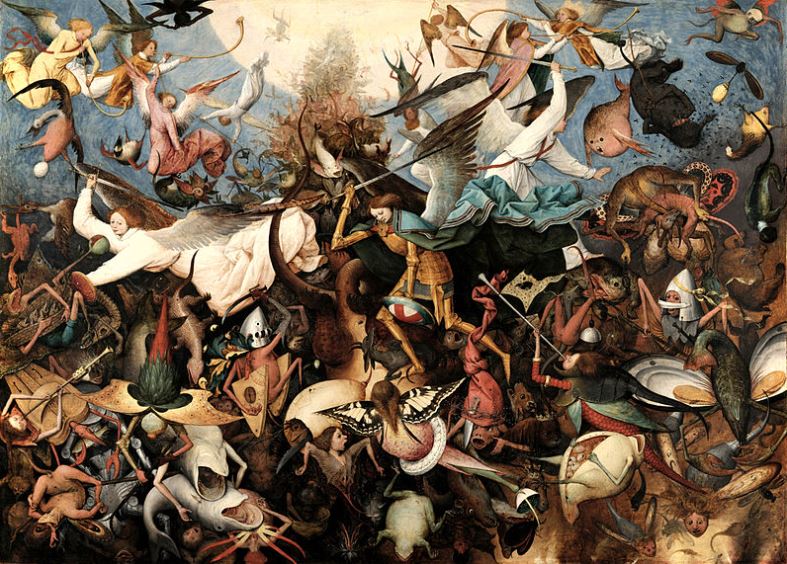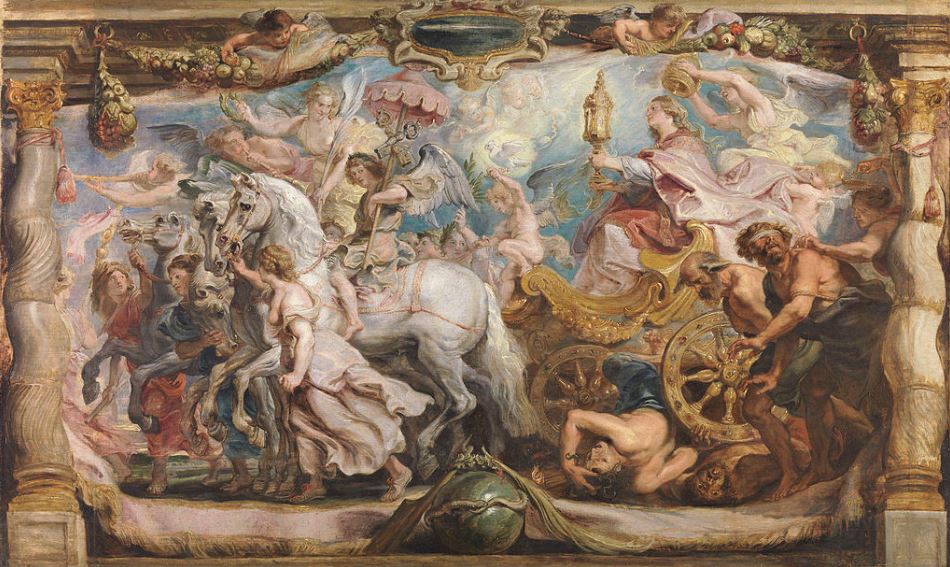The ethereal presence of angels in art has been revered for millennia. These winged figures have appeared throughout the ages in several art forms, including sculptures, paintings, and murals. Our notion of an angel was developed in the 4th century; the existence of angel-like records in the art may be dated back thousands of years.
Angels have been depicted in some of history’s finest works of art. Some of the greatest artists of the era frequently depicted angels in Renaissance artworks. Since then, celestial entities have piqued the interest of painters and art enthusiasts. Famous artists like Michelangelo, Raphael, and others created works based on biblical stories in which angels play a central role or in which angels appear on the canvas.
Several painters have shown angels uniquely, while others are closely matched with descriptions of angels found in the Bible and other ancient sources. The following are the most well-known angel paintings in history.
1. Caravaggio -St. Francis of Assisi in Ecstasy
An angel cradles Saint Francis of Assisi in the arms of Caravaggio in his 1595 painting titled St. Francis of Assisi in Ecstasy, which depicts the saint receiving the Stigmata, or wounds on his hands and feet, which symbolized the crucifixion of Jesus Christ. Caravaggio’s signature contrast between high levels of light and darkness can be seen throughout the work, which is a true masterpiece in and of itself. The artist describes the painting’s Angel as a six-winged seraphim, a description of angels found in the Old Testament.
2. Rembrandt’s Abraham and the Angels
Most people know Rembrandt’s large-scale historical paintings, but they may not be aware that he also painted numerous more minor works based on biblical and historical stories. He grew more contemplative in his subject matter in the 1640s, resulting in paintings with less movement and commotion. Rembrandt began painting topics that elicited introspection rather than dramatic emotion. One such work is Abraham and the Angels. Using a glowing angel figure as the scene’s primary light source, this panel shows the moment when Abraham, having provided nourishment to three strangers, realizes that two of them are angels and that the third is none other than the Lord.
3. Lamentation (The Mourning of Christ) by Giotto di Bondone
The proto-renaissance Italian painter Giotto is often regarded as one of the most significant figures of the late medieval period. The Lamentation (The Mourning of Christ) from the Arena Chapel in Padua has been regarded as one of his most significant masterpieces. Christ’s lifeless body was cared for by his haloed relatives and disciples after he was crucified in this picture. While Mary Magdalene wept at Jesus’ feet, Mary, the central figure, cradled His head in her arms.
They also wore their heads bent and mouths wide open, conveying a tremendous sense of loss and mourning. As a result of their actions, they bring a sense of sorrow and grief for Christ’s suffering. Foreshortened depictions of the sorrowful angels and the use of diagonal lines for the mountain ridge added a feeling of physical realism to Giotto’s composition and his human figures. While studying people and capturing their faces and movements in his art, he was particularly interested in the idea of realism as an aesthetic quality.
4. A Soul Brought to Heaven by William- Adolphe Bouguereau
William-Adolphe Bouguereau was well-known in the late 19th century for his lifelike depictions of the human body in his paintings. However, A Soul Brought to Heaven, a picture he completed in 1878, received the most attention. In this picture, two angels soar toward a distant light that can only be assumed to be heaven, making it one of the most well-known works about angels. Although she appears oblivious that two angels are carrying her, the woman ascending into the sky is aware she is being taken.
5. The Dead Christ with Angels by Edouard Manet
There are just a few religious paintings by Manet, and this one is one of them. “To paint a crucifixion has always been one of my lifelong artistic ambitions. Christ’s crucifixion is a beautiful symbol. No matter how long you seek, you’ll never find anything like it.” Even though Manet did not depict a crucifixion in any of his paintings, he did show a Christ Scorched and an angelic image of Christ mourning. The picture is done in a dismal palette of funerary blacks and whites, with accents of browns and blues in the Spanish tradition.
6. Jacob Wrestling with an Angel- Rembrandt Van Rijn
The Biblical account of Jacob’s fight with an angel of God has been retold many times in literature and film. The Dutch painter Rembrandt Van Rijn’s Jacob Wrestling with the Angel painting is one of the most famous depictions of the subject. Since its completion in 1659, Rembrandt’s The Night Watch has remained one of the artist’s most well-known works. The Angel is shown with a tranquil look while Jacob struggles as if Rembrandt is acknowledging Angel’s heavenly strength rather than depicting them engaged in combat. Jacob is being held by an angel who looks to be taking care not to damage him in the same manner as one would handle a baby.
7. Songs of Angels – William- Adolphe Bouguereau
Another well-known piece is Song of the Angels, a painting by French artist William-Adolphe Bouguereau. Songs of Angels was his most famous depiction of angels; this picture was completed in 1881. Classical in appearance, it resembles Renaissance art in depicting angels and the Virgin Mary holding a sleeping baby Jesus. A few artists represent Jesus as a child, even though most show him as an adult. As the newborn Jesus falls asleep, two angels appear to check on him to see if he’s done so successfully, as shown in the painting. This artwork shows impressive attention to detail in every facet, and the Virgin Mary appears completely unconcerned about their presence as they finish their song.
8. The Fall of the Rebel Angels -Pieter Bruegel the Elder
Though Angels are not human, some angels have sinned. Bruegel, a Dutch artist, was noted for representing peasant images in his religious paintings. This painting depicts a conflict between angels in a violent situation. Using paint on oak wood, the artist created a three-dimensional impression with this combat. As they plummeted from heaven, the angels appeared to undergo awful transformations, becoming monstrously twisted animals. It’s possible that Pieter Bruegel’s work was influenced by the Calvinist uprising against the Edict of Blood, which was signed into law in 1550. When faced with death for heresy against the Catholic church, the Calvinists were unconcerned. Pieter Bruegel was regarded as the essential member of a prestigious Dutch family. The term “elder” is not a reference to his position in the church but rather a way of distinguishing a parent from his son, as we do today.
9. The Triumph of Victory- Peter Paul Rubens
Peter Paul Rubens painted one of the most iconic angel paintings of the 17th century in 1614. Good triumphs over evil in an allegorical scene shown by the classic picture, with a Christian figure atop his antagonists, flanked on either side by an angelic creature. According to art experts and historians, the artwork has many symbolic connotations. The victor is seen sitting atop the dead bodies of men who appear to be tied by their hands and feet, a Biblical image of how Christ is claimed to bind Satan and demonic spirits in the New Testament. A crown of oak leaves is placed on the man’s head by a winged angel to symbolize victory.
10. The Annunciation of the Lord- Bartolome Esteban Murillo
Bartolome Esteban Murillo’s “The Annunciation of the Lord” is a well-known work of art that features many angelic figures. Murillo’s masterpiece from 1660 is famous for its use of youthful cherubim hovering above the Virgin Mary as the Angel Gabriel tells her she will conceive and give birth to a son who will go on to become the Savior of humankind. Murillo’s masterpiece is notable for its use of young cherubim. To the Christians of that historical period, the innocence these angels represented was embodied in their portrayal as little beings. One can see a white dove flying toward Mary in the center of the picture. Murillo’s decision to depict the angels in a youthful manner has made this picture one of the most famous depictions of angels in history.

